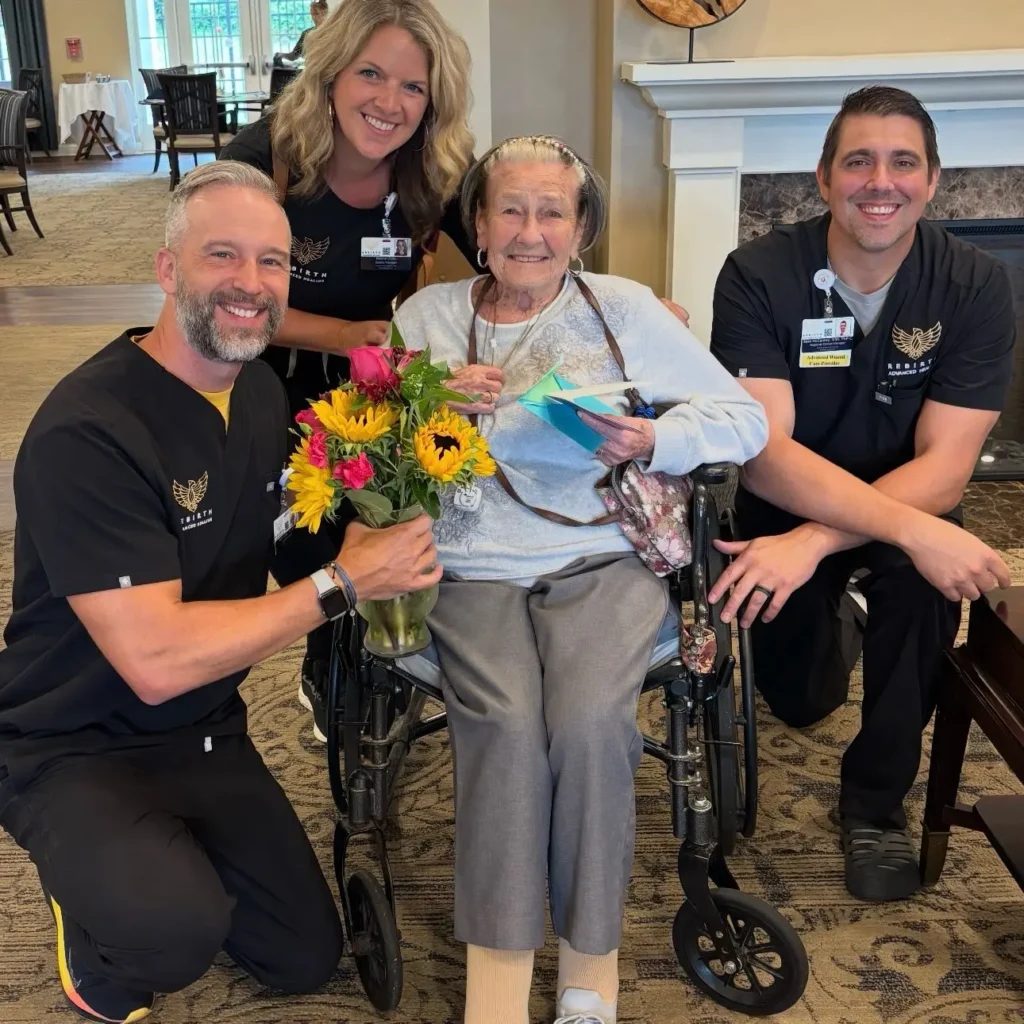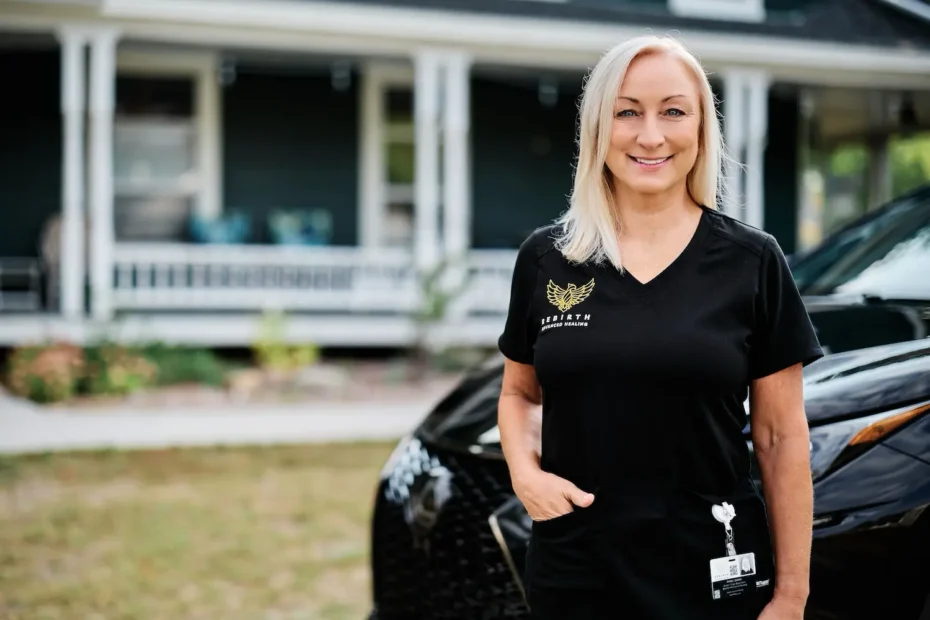Update: Rebirth Sets New Benchmark with 98.8% Wound Improvement Rate
Rebirth Advanced Healing, a national mobile advanced wound care practice, announced a 98.3 percent wound improvement rate among patients treated during the second quarter of 2025, a key indicator of success in treating chronic and complex wounds.
The data is representative of 143 patients across Virginia, South Carolina and New York. Of those patients, 140 experienced measurable improvement in their wounds, meaning the size of their wound decreased during our treatment window. That improvement rate spans a wide range of wound types, including diabetic foot ulcers and pressure injuries.
Additionally, of the patients we treated in the second quarter, only 1.6 percent were admitted to a hospital for a wound-related reason.
“These numbers reflect what’s possible when patients receive the right care at the right time,” said Dr. Christopher Mason, physician-owner of Rebirth Advanced Healing. “And while we are pleased that these chronic wounds have improved, we’re even more excited about restoring independence, dignity, and quality of life in our patients.”
Wound improvement is determined by measuring the area of a wound from the first treatment to the final treatment. So, if a patient started treatment using advanced biologics with a 16-square-centimeter wound and finished treatment with a 4-square-centimeter wound, it would be considered improved.
The small percentage of patients who didn’t experience any improvement in their first four weeks of treatment were discharged to their home health agency.
It’s important to note that a wound can’t be considered healed until it remains closed for six weeks.
Rebirth specializes in delivering mobile advanced wound care directly to patients in their homes or care facilities. Under current guidelines, patients are eligible for advanced biologics (we use placental grafts) after showing no signs of improvement from 28 days of documented traditional wound care.
Behind The Numbers

The stories behind our 98 percent wound improvement rate are what keep our team motivated to find patients who are in need of wound care that actually heals.
Patients like:
Marilyn Quigg, a resident of Celebration Villa of Nittany Valley in Pennsylvania, was once confined to her room due to a chronic wound. Her treatment and improvement now lets leave her room and interact with her fellow residents again.
Emma Nearhoff, 98, was told her wound would never heal. But after 10 weeks of treatment, her wound essentially closed, a testament to the power of advanced biologics.
“These outcomes aren’t luck,” said Dr. Mason. “They’re the result of science, consistency, and compassion.”
Standards in Wound Care
While there is currently no standardized national benchmark for wound improvement, Rebirth Advanced Healing is actively working to develop a scorecard to bring clarity and transparency to wound care outcomes.
“The industry needs a clear framework for measuring success,” Dr. Mason said. “We believe wound improvement is the most meaningful and honest way to track whether treatment is working. We are committed to setting that standard.”
